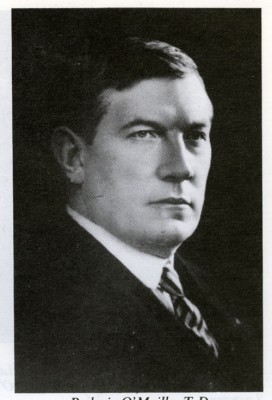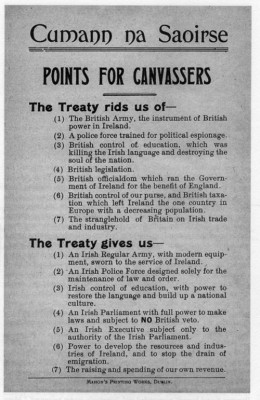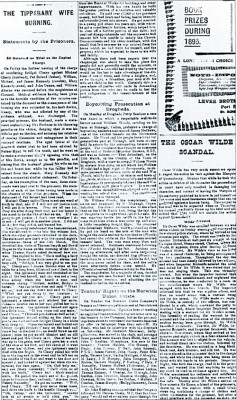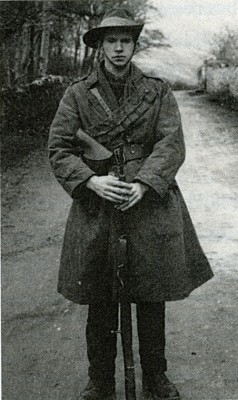Search Results for 'RIC station'
5 results found.
‘ Prepared to fight and to die’ for Ireland

The general election of 1918 was also a plebiscite on the Easter Rising, two years previously. The Rising, and the destruction of the centre of Dublin, had been generally condemned. The Irish Parliamentary Party, under John Redmond, had been inching towards Home Rule; why bother with such violence? The belief was that the men and women of 1916 were brave, if foolhardy. Yet following the prolonged executions of the leaders, the massive round up of participants, and their imprisonment in Britain, a change of attitudes swept the country. This was perfectly illustrated in the election held on a bleak December day 1918. Sinn Féin had fielded candidates in every constituency. The campaign was vigorous and tough.
Civil War - British gunboat sent to Clifden

June 22 1922 Galwegians looked on with alarm as anti-Treaty forces, who had taken up positions in a number of buildings in the city, including the former RIC station at Eglinton Street, were preparing for a fight. That morning Michael Brennan, IRA commander of the only major pro-Treaty unit in the west, under orders from Richard Mulcahy Free State Army commander, entered the city with a large well armed force. They immediately secured the county-jail, the courthouse, and the railway hotel. Having seen the end of the War of Independence, and having voted by a substantial majority just weeks before for parties supporting the Treaty with Britain, this was a tragic state of affairs. Galwegians feared an all out pitched battle, followed by the horrors of the previous years of struggle. This time, however, the enemy was not Britain, but former friends and comrades.
The ‘savage’ Irish peasant unfit for Home Rule

During the 1880s and ‘90s a series of Land Acts gradually diffused the sometimes bitter animosity that had grown between landlord and tenant. Over the years new and imaginative legislation dramatically improved the status of the tenant. Improvements for the tenant, however, were gained at the disadvantage of the landlord class. In many cases the Unionist landlord vigorously resisted change. During this bitter time landlords and their agents were murdered, animals were maimed and let loose to wander; there was ‘boycotting’, and heartless evictions. Practically every town and village had its RIC station. These were the eyes and ears of Dublin Castle. Any suspect person, or any unusual activity, was reported. On April 6 1895 RIC district inspector in Kilkenny, Pierris B Pattison, sent a report to Dublin Castle, with photographs, on a case ‘that is remarkable’ and which has caused ‘much public interest and local excitement.’


